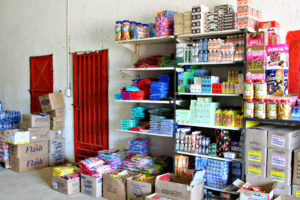
Understanding account usage through a consumer lens
Over the past five years, the move towards digital financial services and simplified account opening procedures has improved the take-up of accounts by the low-income sector. The 2014 global Findex data highlighted that the number of people without access to formal accounts decreased from 2.5 billion in 2011 to 2



















